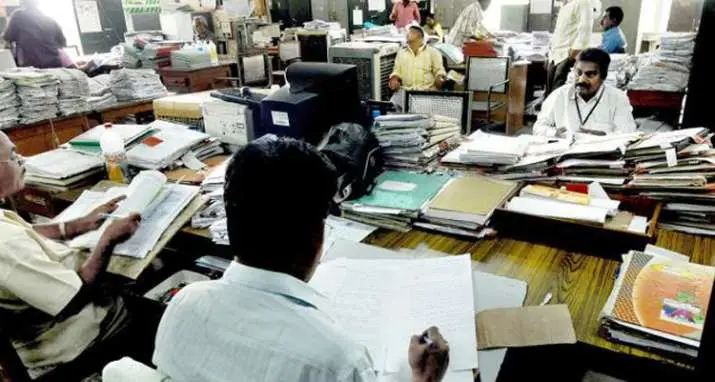Central government employees have something to cheer about. There has been a progressive escalation in their salaries, with recent perks including a hike in the Dearness Allowance (DA). With the festive season around the corner, bonuses, the increased DA, and arrears are all being processed before the festival of Diwali. However, the upcoming year, 2024, promises more financial windfalls.
In October 2023, the government augmented the DA by 4%, bringing it to a total of 46%, effective from July 1st. With this increase in DA, there’s anticipation of a rise in other allowances as well. The spotlight now shifts to the next crucial adjustment: the House Rent Allowance (HRA).
Back in July 2021, when the DA surpassed the 25% mark, there was a 3% revision in the HRA. At that time, the upper limit was enhanced from 24% to 27%. Now, yet another 3% surge is on the horizon. The key question lingering in the minds of many is: when will the next HRA revision take place after this continuous DA surge?
According to the Department of Personal and Training (DoPT), the HRA revision for central employees is based on the current DA rate. The HRA is categorized into X, Y, and Z classes, representing different city tiers. The current rates for these categories are 27%, 18%, and 9%, respectively, which came into effect on July 1, 2021. As per a memorandum released by the government in 2016, HRA revisions will periodically align with DA hikes. The next revision is slated for 2024, and it’s expected to be rolled out in the early months of the year.
The forthcoming HRA revision is anticipated to be an increment of 3%. This means the maximum HRA rate would jump from 27% to 30%. However, this hike will come into play only when the Dearness Allowance exceeds the 50% mark, which is likely to happen in January 2024. Consequently, once the DA crosses the 50% threshold, the revised HRA rates will be adjusted to 30%, 20%, and 10% for X, Y, and Z categories, respectively.
A retrospective glance at the 7th Pay Commission reveals that when it was implemented, HRA rates were slashed from 30%, 20%, and 10% to 24%, 18%, and 9% for the X, Y, and Z categories. Moreover, three distinct HRA categories were created. At that time, the DA was reset to zero. A clause mentioned that once the DA exceeds the 25% mark, the HRA would automatically revise to 27%, and when the DA crosses 50%, the HRA would be revised to 30%.

Understanding the HRA division:
- Cities with a population exceeding 50 lakhs fall under the X category. Central employees stationed in these cities currently receive a 27% HRA.
- The Y category comprises cities with an HRA of 18%, and the Z category cities have an HRA rate of 9%.
In essence, central government employees have positive financial prospects to look forward to, as various allowances are under review for enhancement.
